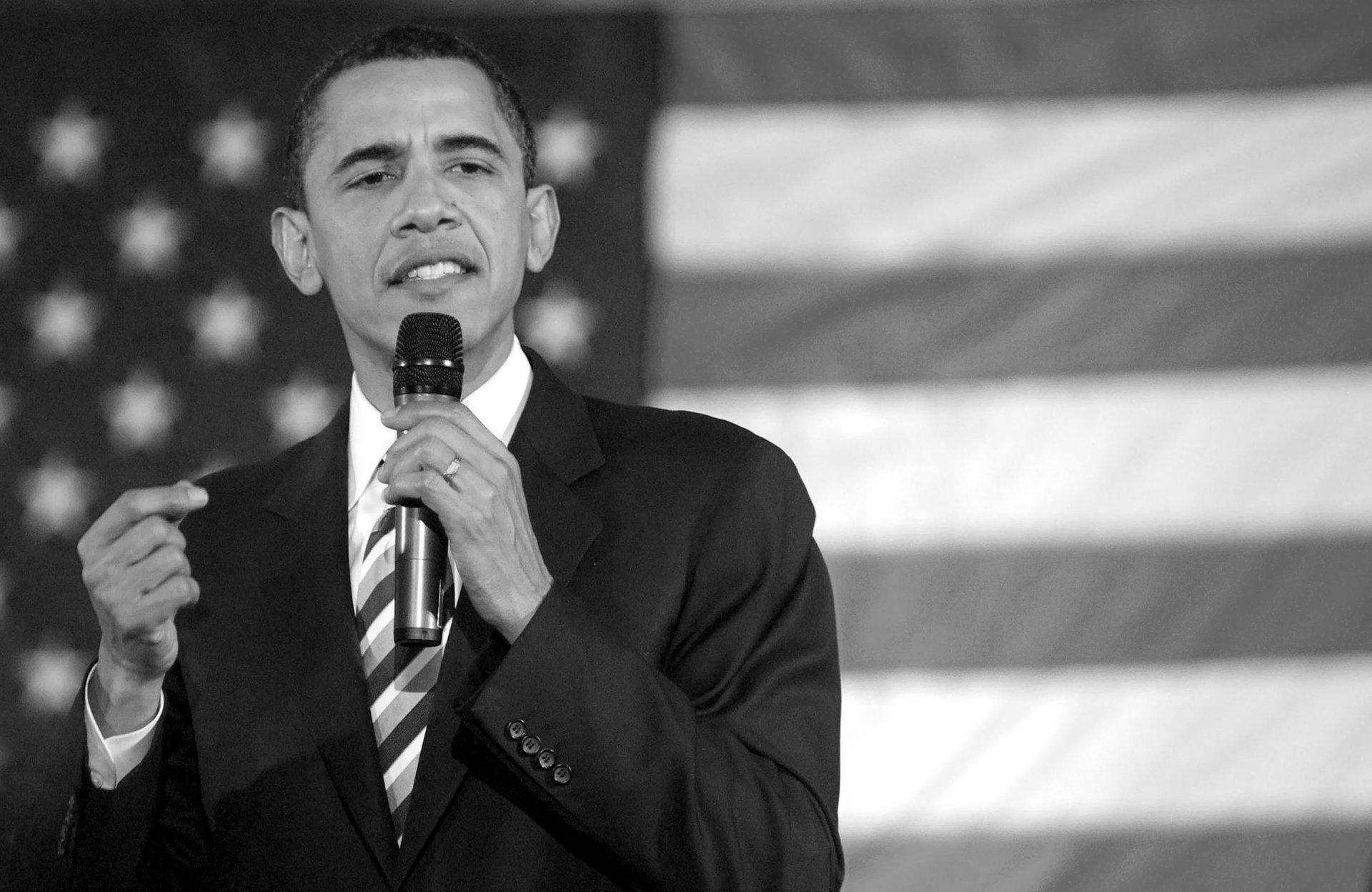Key Points
- Modern deep and comprehensive economic partnership agreements have as a central aim the protection of the value of corporate assets deployed in international commerce, in particular intellectual property.
- Different metrics and policy lenses than those used to evaluate the impact of conventional free trade agreements are needed to evaluate the impact of the asset protection function on trade and economic activity.
- Preliminary consideration of modern trade agreements as “asset value protection agreements” suggests that asset value impacts can potentially dwarf those on trade and investment and can be highly skewed across treaty partners, altering the balance of benefits as conventionally assessed, and also that the protection for the incumbent stock of assets can have negative implications for the dynamism of local innovation ecosystems.
- Bottom-line conclusions regarding the national interest in trade negotiations can depend on how agreements are evaluated.

odern comprehensive economic partnership agreements devote much of their text to issues that have little to do with freeing trade and are better characterized as aiming to protect the value of corporate assets deployed in international commerce.
There is no secret about the intent of these agreements, as is evident from unequivocal policy statements from former US President Barack Obama (2010): “America’s greatest asset is IP…We’re going to aggressively protect our intellectual property. IP is the cornerstone of innovation. It is essential to our prosperity and it will only become more so in this century…That’s why the U.S. Trade Representative [USTR] is using the full arsenal of tools available to crack down on practices that blatantly harm our businesses, and that includes negotiating proper IP protections and enforcing our existing agreements, and moving forward on new agreements.” These policies are unlikely to be affected by the change in administrations in the United States.
It helps to call a thing by its proper name. If the aim of these modern agreements is primarily to protect asset values, not to free trade, let’s coin an appropriate label: meet the “asset value protection agreement” (AVPA).
It should go without saying that the evaluation of an agreement whose stated purpose is to protect asset values should be based on its impact on asset values, not on trade, GDP or jobs, which are the conventional measures of performance of free trade agreements (FTAs), whose primary aim is to generate trade and economic activity.
As Canada gears up to negotiate new agreements and renegotiate old ones, it is important that policy makers and analysts examine these agreements through this lens, and consider Canada’s national interest with appropriate metrics.

Deconstructing the AVPA
How does an AVPA work? It is not simply about the IP chapter. Many elements in the agreement combine to lock in the value of IP and of the tangible and intangible assets of corporations more generally.
Corporations can deploy their IP in many ways: they can embody it in goods and services that are traded across borders; they can invest abroad and use the IP to serve a foreign market through foreign affiliate sales; and they can choose to enter into a joint venture or license the production to a foreign firm. The optimal deployment of the IP may, however, be constrained by the legal or institutional conditions prevailing in foreign markets: goods can be counterfeited or reverse-engineered, foreign direct investment (FDI) may be subject to technology transfer strings or result in leakage of trade secrets into the foreign market for utilization by competitors, and licensing or joint ventures may be problematic if it is difficult to write and enforce sufficiently iron-clad contracts.
AVPAs deal with all these issues comprehensively — addressing contracting, enforcement, government policy, potential leakages and litigation procedures — which can be characterized as creating a generalized form of the concept of “freedom to operate.” Consider the United States’ negotiating position in the Trans-Pacific Partnership (TPP) agreement, sponsored under the Obama administration:
- The legal terminology and the framing of rules are based on US domestic law, thus facilitating the writing of contracts that can be interpreted and enforced according to US standards, practice and precedents.
- In the chapters dealing with customs procedures, the United States wants its partners’ customs officials to be empowered to detain pirated and counterfeit goods moving in transit or being transshipped through their country, thereby reducing firms’ concerns about using the cross-border trade mode to sell sophisticated products in foreign markets.
- The investment chapters require that no conditions be imposed on foreign corporations investing in a country. This requirement serves to prevent leakage — positive spillovers, from the perspective of the country in which the investment is being made — thus enhancing the returns to the investor while reducing the benefits to the investee. It also prevents restrictions on the ability of a corporation to engage in mergers and acquisitions (M&A) activity that absorbs potential competitors at the start-up stage. For example, the agreements set review limits very high and limit grounds for action, save for concerns related to, for instance, national security.
- The investment chapters also provide for investor-state dispute settlement (ISDS) in order to safeguard the invested assets from government policy actions that may — de jure or de facto — amount to expropriation of assets generated by investment abroad.
- The IP chapters provide for recourse to legal action to enforce property rights in the forum of the complainant’s choice — that is, in rights-holder-friendly US courts for US rights holders.
- Country-specific “asks” abound, as in the following examples with respect to Canada:
- In addition to having Canada empower customs officials to seize counterfeit goods in transit, the United States also wants Canada to take measures against online marketplaces “reportedly” engaging in commercial-scale piracy online, including sites hosted in, operated by or directed toward parties located in Canada.
- The United States wants Canada to eliminate rights of appeal in Canada’s administrative process for reviewing regulatory approval of pharmaceutical products and to restrict the minister of health’s discretion in disclosing confidential business information.
- To meet US stakeholder asks, the United States is pressing for a “clarification” of the Supreme Court of Canada’s decision concerning heightened utility requirements for patents.
- The United States wants to ensure that Canada’s concessions to the European Union within the Canada-EU Comprehensive Economic and Trade Agreement to protect geographical indications (GIs) — names such as parmesan and feta — do not restrict US companies from using trademarks bearing these GIs in their exports to Canada. (This ask has nothing to do with defending one’s own IP — it amounts to denying others the right to protect theirs!)
- The competition policy chapters focus on potential foreign state action that might raise the competitive bar for a multinational, requiring that states operate on the principle of “competitive neutrality” when they engage in commercial activities. Meanwhile, these same chapters studiously ignore the potentially competition-reducing elements of multinationals’ M&A activity in taking out potentially competitive start-ups, covering their rear flank, so to speak.
- Sector-specific annexes address particular issues often not related to market access but concerned with maximizing the value of the market access to US corporations (and therefore affect the terms of international engagement).
For the most part, the impact of such measures cannot be characterized as a simple reduction of trade or investment costs that can be incorporated in a conventional quantitative trade model, which inevitably raises economic welfare for both parties when treated in such manner. Different metrics are needed.
Evaluating an AVPA’s Economic Impact
The asset valuation impacts of international commercial agreements have heretofore never been assessed and there is no quantitative modelling convention for doing so.
One possible method is to estimate the impact on asset valuations using measured rates of return on capital stock. Standard capital asset valuation methods translate a change in the stream of future returns to capital into a change in the present value of capital. To give a conservative example of such a calculation, the US International Trade Commission (USITC) estimated that China observing American IP laws could raise the rate of return to US capital by 0.4 percent (USITC 2011). This method applied to the Standard & Poor’s (S&P’s) 500 market capitalization of US$15 trillion, discounting at the historic weighted average cost of capital for the S&P 500 of 8.3 percent over the horizon to 2035 and ignoring terminal values, yields an implied improvement in financial market estimates of the value of US capital of US$345 billion. Including terminal values and applying this estimate to the whole US capital stock of US$23 trillion raises this estimate considerably.
One possible method is to estimate the impact on asset valuations using measured rates of return on capital stock.
These back-of-the-envelope calculations suggest much larger gains for US stakeholders compared to any estimate of an FTA’s impact on conventional measures of economic performance, such as GDP or economic welfare under a US-China FTA or, indeed, under the TPP.
FTAs also have a positive impact on rates of return to capital and generate implied improvements in market capitalization. In the case of trade-driven gains, these improvements to capital will be broadly shared among the FTA partners, in line with the distribution of gains from trade. However, the ownership of the stocks of IP is highly skewed, and the negotiated changes often work against the interest of some of the parties to a negotiation — as the negotiating dynamics in the TPP showed. One simple example is New Zealand’s estimate that the increase in copyright term would cost it some NZ$505 million in net present value terms (Concept Economics 2009). This asymmetry means that AVPAs could have overall negative impacts on some countries’ market cap values and positive impacts on those of others.

This asymmetry generates additional impacts.
First, there are wealth effects that trigger equally asymmetric knock-on effects on economic activity (increased investment and consumption in countries that benefit; decreased investment and consumption in countries that pay out).
Second, at the corporate level, the increase in market cap translates into an improved position in international M&A activity for those benefiting from the improved valuations. When M&A activity is predatory, the AVPA accordingly has a dynamic effect that intensifies the threat to local innovation networks, especially since the AVPA in effect requires disarmament of potential defences (FDI review and so on).
Third, markets also take into account the impact of implied income flows on valuation of the nation’s assets as a whole, by repricing the currency. In the case of trade-driven exchange rate impacts, the effect tends to be equilibrating, since a lower exchange rate generates new-found trade competitiveness in traditional goods and services. In an AVPA context, the exchange rate valuation change is doubly damaging, since it diminishes the capacity of national firms to play in the international M&A game by reducing the valuation of their assets through currency depreciation, while enhancing their rivals’ capacity through currency appreciation.
There is yet another and less-obvious danger inherent in the commercial framework locked in by AVPAs that appears to be a factor in the dynamics that govern the transition of firms from “start-up” to “gazelle.”
There is yet another and less-obvious danger inherent in the commercial framework locked in by AVPAs, which appears to be a factor in the dynamics that govern the transition of firms from “start-up” to “gazelle.” In a context of patent proliferation, a vast amount of IP is created annually. Most of this stock of IP consists of low-value patents, from the perspective of actual productive exploitation. However, there is potentially greater value in these instruments in the hands of patent-enforcement entities, which acquire large portfolios. They wait patiently to allow entrepreneurial enterprises to discover valuable new markets, then use their accumulated stock of IP to extract rent from the successful entities through claims of infringement.
The very existence of this strategic practice is sufficient to generate a “glass ceiling” for start-ups, since an attempt to break through attracts attack (the US$200 million level of market cap has been bandied about as a threshold where a target moves on radar). The practice also necessarily reduces the value of the target at the M&A bargaining table, given the uncertainty about how the existing patent thicket might be exploited to attach returns if the IP remains in its own hands, but — and this is of critical importance — not if the IP is transferred to the hands of entities that have insured themselves against attack through extensive cross-licensing agreements.
Finally, given the skewed ownership of capital, AVPAs by definition work primarily to serve the interests of the already very well-off, widening, not narrowing, income and wealth disparities.

Policy Implications
AVPAs — as the word “protection” incorporated in the abbreviation underscores — are different from FTAs. This difference has profound implications for policy makers and those negotiating these types of agreements.
First, in an asymmetric world, AVPAs work in the interests of the major IP-owning economies and against the interests of the small, open and regulation-taking economies. In this sense, they work diametrically against the interests and mandates of government agencies charged with stimulating disruptive innovation in small, open, challenger economies, since disruptive innovation necessarily erodes the value of the existing franchises that AVPAs are designed to protect.
AVPAs — as the word “protection” incorporated in the abbreviation underscores — are different from FTAs. This difference has profound implications for policy makers and those negotiating these types of agreements.
Second, this conceptualization of international commercial agreements highlights the tension between the imperative to protect the value of property — a cornerstone of a market economy — and the imperative to protect the competition that destroys the value of certain kinds of property. When such a tension is identified, policies that maximize one feature are suboptimal: the “sweet spot” is at the point where the competing policy objectives are finely balanced.
For example, allowing untrammelled access of inward FDI is optimal, if inward FDI is not potentially predatory. When it is potentially predatory, policy disciplines are required to filter out the predatory element. In this instance, the notion that there is a national interest only in takeovers of large corporations is shown to be mistaken: the key national interest may be in takeovers of start-ups, which thins out the local innovation ecology, and pre-empts the emergence of new gazelles. Here, the asymmetry with FTAs is stark. Trade liberalization can be characterized as “creative destruction” because it removes the weakest competitors in an economy; AVPAs facilitate the removal of the best and brightest. The difference in impact on local innovation dynamics is profound.
Third, the income distributional effects of AVPAs need to be directly addressed. There are many indications of a “break point” being reached, from Brexit, to the European Commission’s decision on Apple’s taxes owed from its tax avoidance scheme in Ireland and the associated Panama Papers uproar, to the anti-globalization vitriol in the US 2016 election campaign and the radical policy statements of the new Trump administration (USTR 2017; Navarro 2017).
Finally, it is important to recognize that AVPAs are likely to be sclerotic in nature, as they dull the ability of new competition to erode the value of the existing stocks of assets. They are not a solution to the stagnation/deflation (“stag-deflation”) problem that has worked to undermine growth in Canada (Ciuriak 2015) and now threatens the established system of globalization.
To summarize, the AVPA is a new breed of agreement. This fact has long been recognized. However, the conventional characterization of AVPAs as “deep and comprehensive FTAs,” or as agreements that facilitate global value chains or deep integration, misses their critical feature, which is to protect the value of existing commercial assets, in particular IP. When we confront this central feature, the policy implications take on sharply different contours.